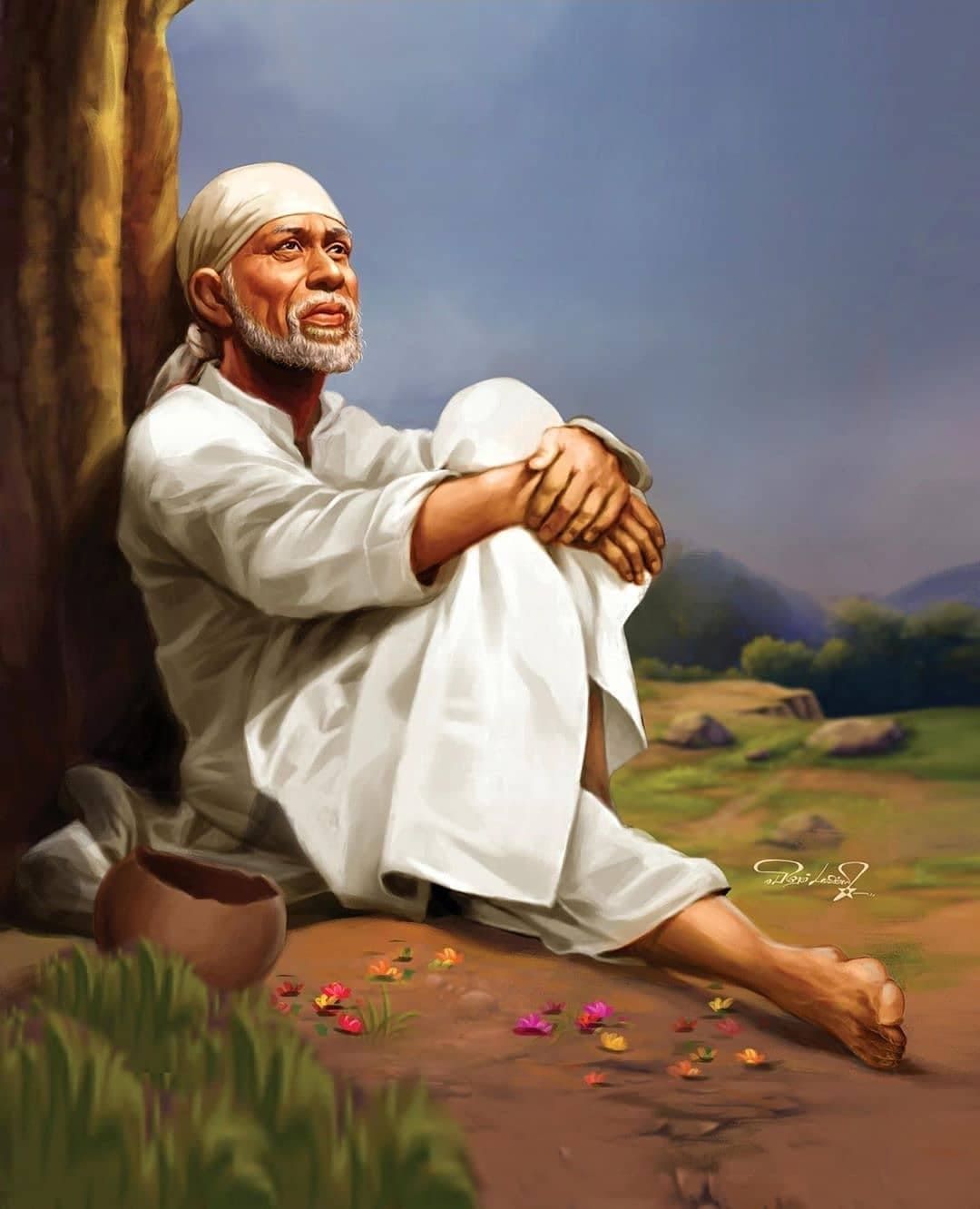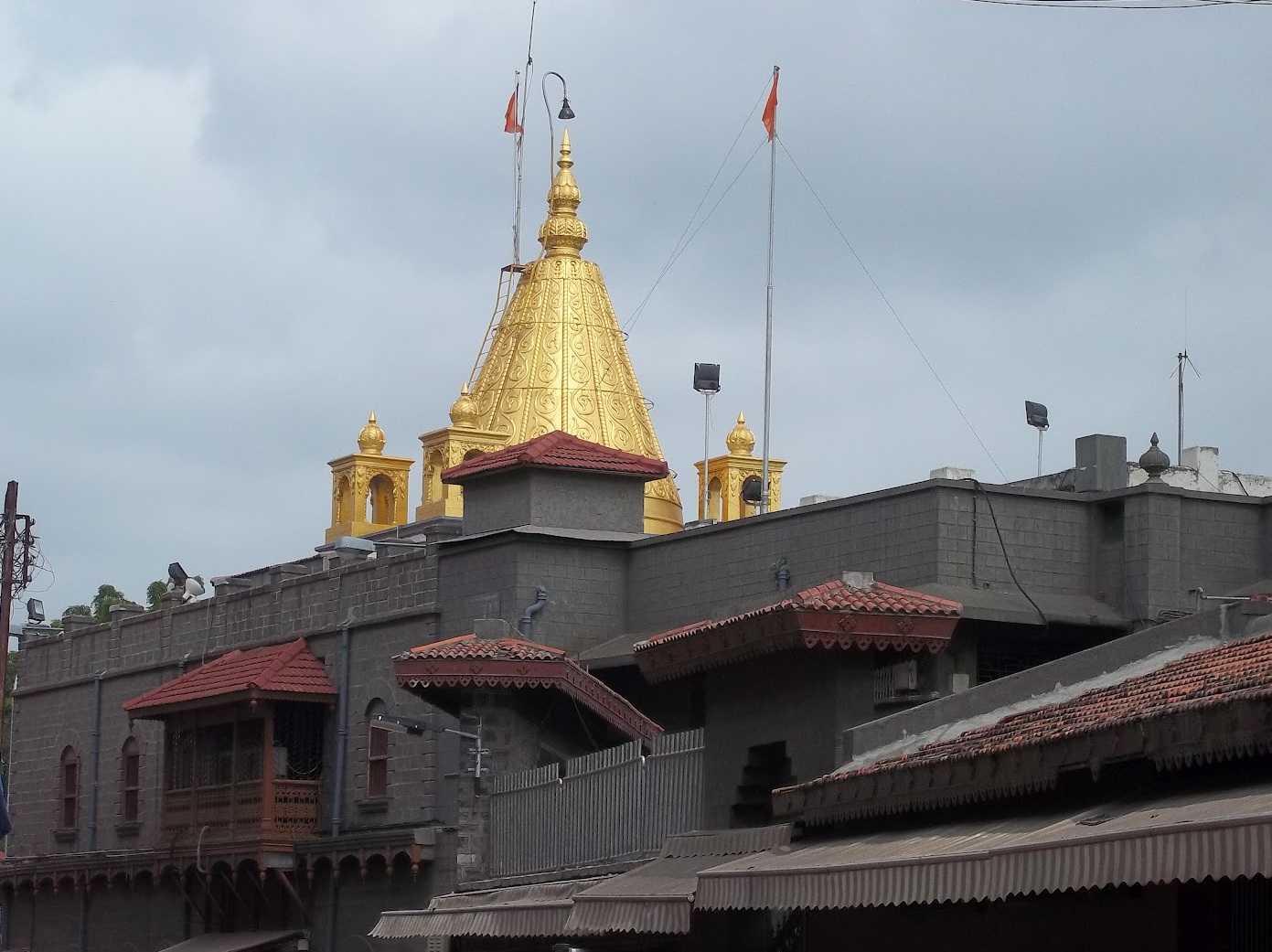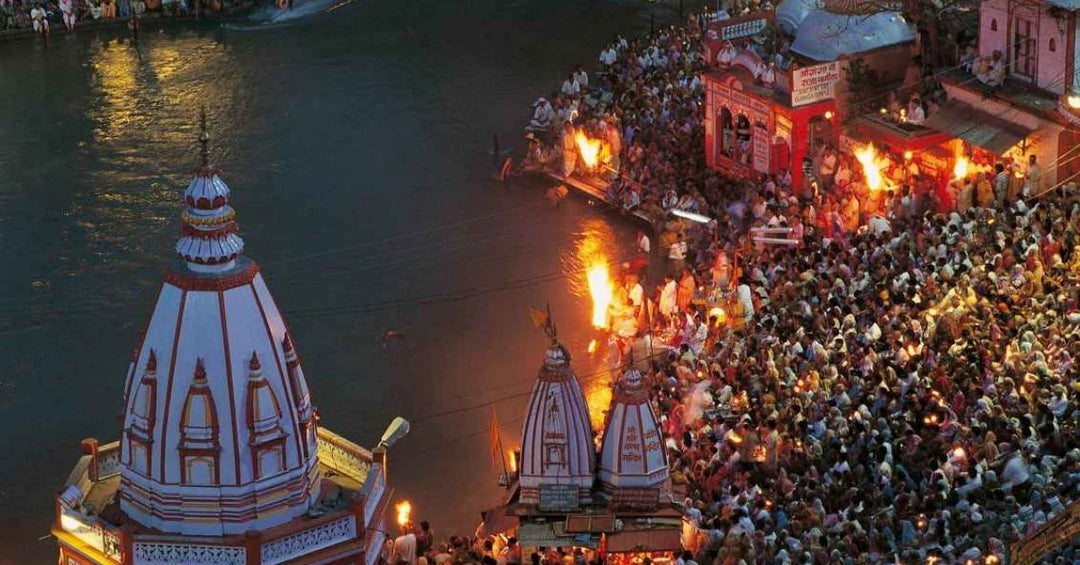About Sai Baba

Concerning Sai Baba
Sai Baba of Shirdi, also known as Shirdi Sai Baba, was a spiritual leader and guru from India, regarded by his devotees as a saint, fakir, and satguru, according to their individual proclivities and beliefs. He is revered by both his Hindu and Muslim devotees during, as well as after, his lifetime. He is said to have lived in the late 19th and early 20th centuries. His teachings combined elements of Hinduism and Islam. He is considered a spiritual master and is known for his teachings of self-realization, love, and devotion. He is also known for his miracles, healing powers, and ability to grant wishes. He passed away in 1918, and his samadhi mandir (tomb) is visited by millions of devotees every year.

How did Sai Baba get his name?
The name "Sai Baba" is believed to have been given to him by his Muslim devotees, as it is a common honorific title given to Sufi saints in the Islamic tradition. The word "Sai" is thought to be a reference to the Arabic word "sayed" or "sayyid," which means "lord" or "master," and "Baba" is a term of endearment meaning "father" or "old man." Some sources also suggest that the name "Sai" may have been derived from the Hindi word "Sakhi," which means "friend" or "companion."
It is also said that Sai Baba himself never revealed his real name; he was called Sai Baba only because of his love for people and his spiritual guidance. He was also known by different names in different places; he was known as Sai Nath, Sai Maharaj, and Shirdi ke Sai.
Why was Sai Baba so adored?
Sai Baba of Shirdi became famous during his lifetime and continues to be widely revered today due to a combination of factors. Some of the reasons why Sai Baba is considered so famous are:
- His teachings: Sai Baba's teachings emphasise the importance of self-realisation, love, and devotion. He encouraged his followers to lead a simple and honest life and to have faith in God.
- His miracles and healing powers: Sai Baba was known for his miraculous powers, including the ability to heal the sick and grant wishes. These miracles attracted many devotees to him.
- His ability to connect with people from different backgrounds: Sai Baba's teachings and miracles transcended religious boundaries and attracted followers from both Hindu and Muslim communities.
- His personal example: Sai Baba was a living example of the values and principles that he taught. He lived a simple and ascetic life, and his devotion to God was evident in his everyday actions.
- His legacy: Even after his death, the teachings and legends passed on by his devotees continue to inspire people and attract new followers
All these factors combined to make Sai Baba a highly revered and influential figure, and his fame continues to spread even today.

Shridi Temple's Special
The Shirdi Sai Baba Temple, also known as the Shri Sai Baba Sansthan Temple, is a highly revered pilgrimage site for devotees of Sai Baba. The temple is located in the town of Shirdi in Maharashtra, India, and is dedicated to the memory of Sai Baba. Some of the special features of the Shirdi temple include:
- The Samadhi Mandir: This is the main temple at Shirdi, and it houses the tomb of Sai Baba. It is a place of great reverence for devotees, and many believe that it has healing powers.
- The Dwarkamai: This is the mosque where Sai Baba spent most of his time during his life. It has been preserved in its original state and is considered a sacred place by devotees.
- The Chavadi: This is the place where Sai Baba used to sleep every alternate night. It is also considered a sacred place by devotees.
- The Lendi Baug: This is a beautiful garden that was created by Sai Baba himself. It is said to be a place of peace and tranquilly, and many devotees come here to meditate.
- The Sai Museum: This is a museum that displays pictures and artefacts related to Sai Baba's life and teachings.
- The temple also offers various religious services and events like Aarti, Kakad Aarti, and Dhoop Aarti that attract devotees.
- The temple complex also includes accommodation and eating facilities for the devotees visiting the temple.
All these special features of the Shirdi temple make it a unique and sacred place for the devotees of Sai Baba, and millions of people visit the temple every year to seek blessings and to pay homage to the great saint.
Why is he called Sai Baba?
The name "Sai Baba" is believed to have been given to him by his Muslim devotees. The word "Sai" is thought to be a reference to the Arabic word "sayed" or "sayyid," which means "lord" or "master," and "Baba" is a term of endearment meaning "father" or "old man." Some sources also suggest that the name "Sai" may have been derived from the Hindi word "Sakhi," which means "friend" or "companion."
It is also said that Sai Baba himself never revealed his real name; he was called Sai Baba only because of his love for people and his spiritual guidance. He was known by different names in different places; he was known as Sai Nath, Sai Maharaj, and Shirdi ke Sai.
Some people also believe that the name "Sai Baba" was given to him by his devotees as a mark of respect for his spiritual wisdom and teachings and his ability to connect with people from different backgrounds. Regardless of the origins of the name, it is clear that Sai Baba was known and revered by many people during his lifetime and continues to be widely revered today.

Which day is the special day of Sai Baba?
Thursday is considered a particularly special day for followers of Sai Baba. According to tradition, Sai Baba was born on a Thursday, and many devotees believe that visiting the temple and offering prayers on this day is especially auspicious. Thursday is also considered a day of special significance in Hinduism, as it is dedicated to the worship of Lord Vishnu and his avatars. For this reason, many Sai Baba devotees observe Thursday as a day of fasting, prayer, and devotion.


